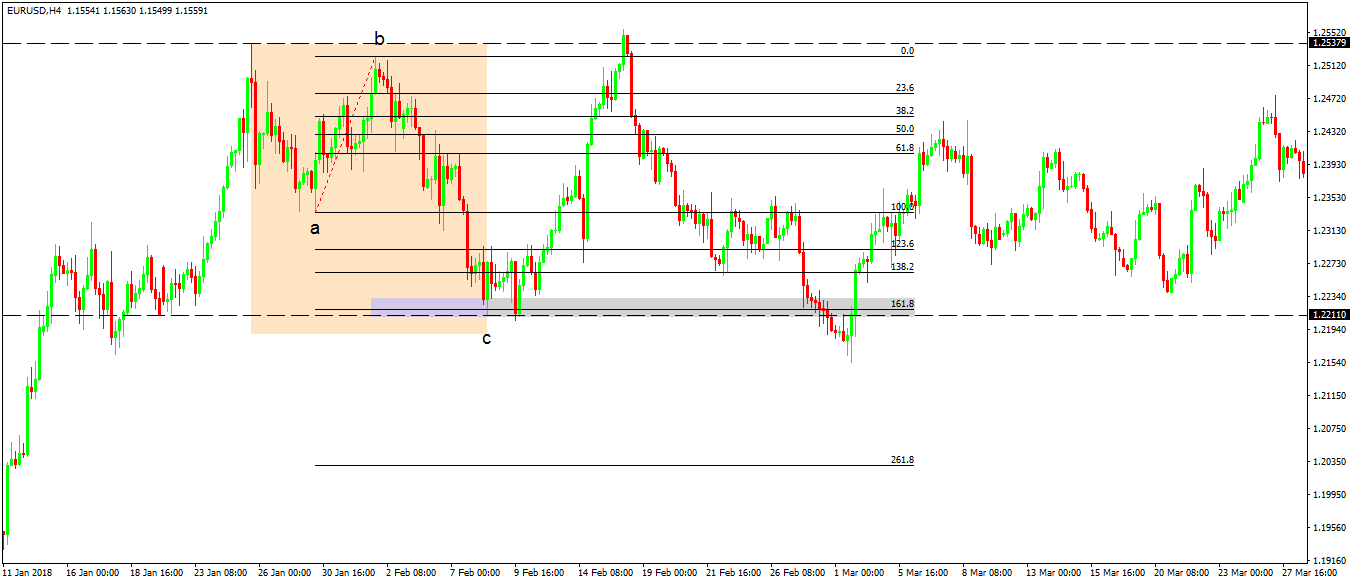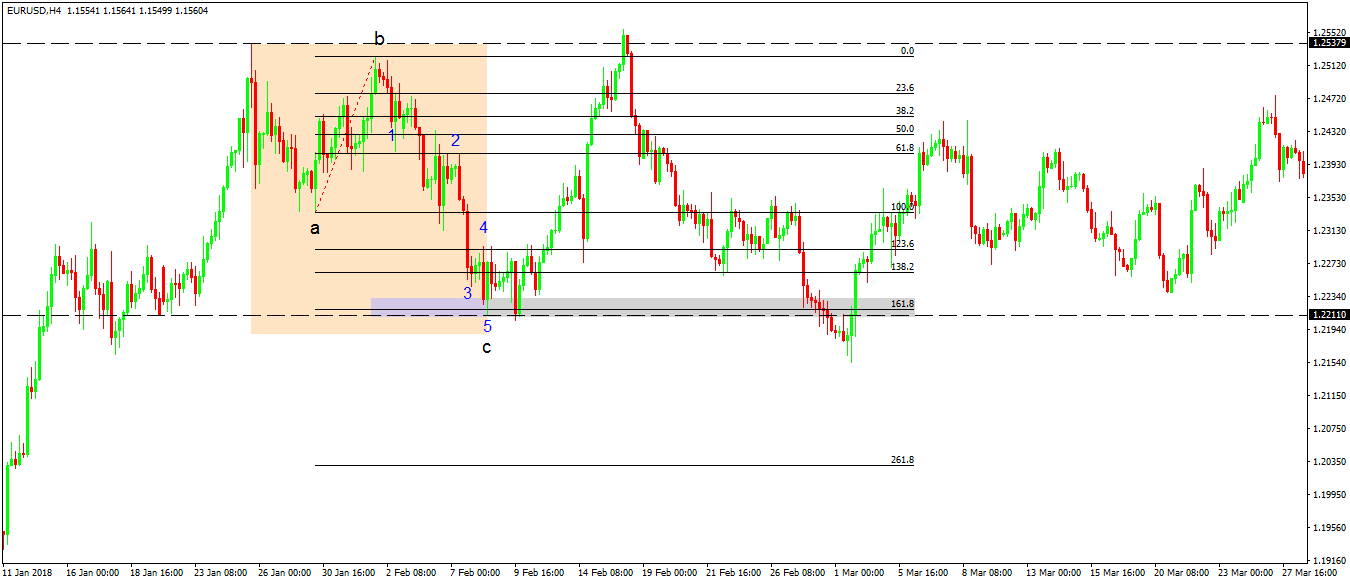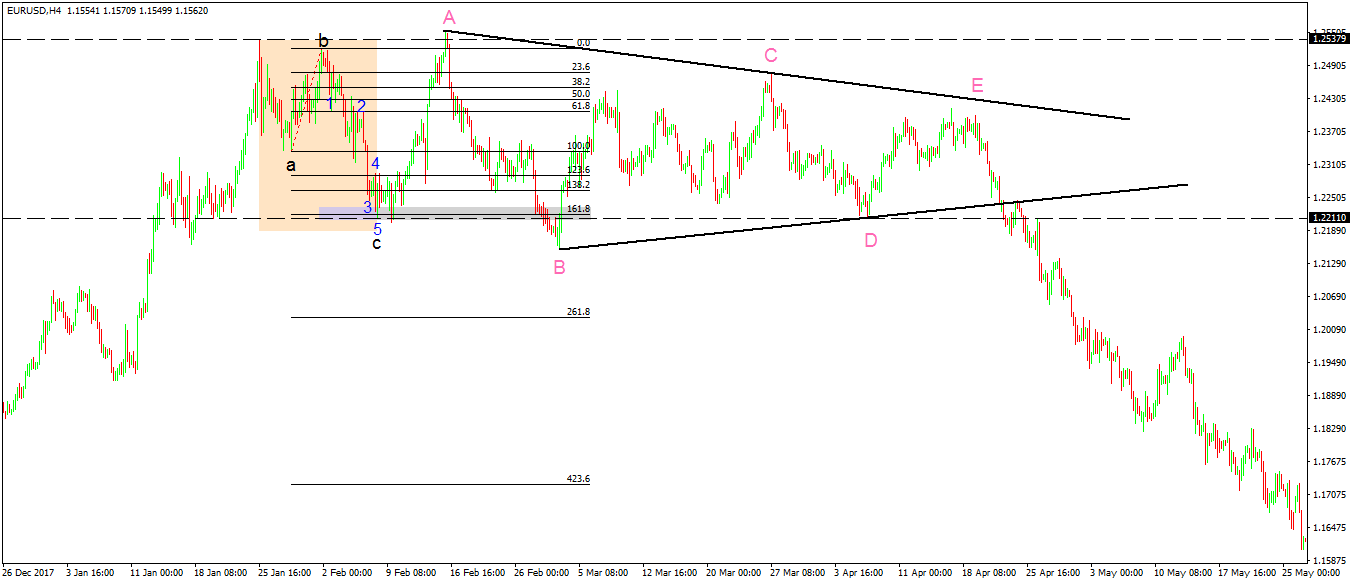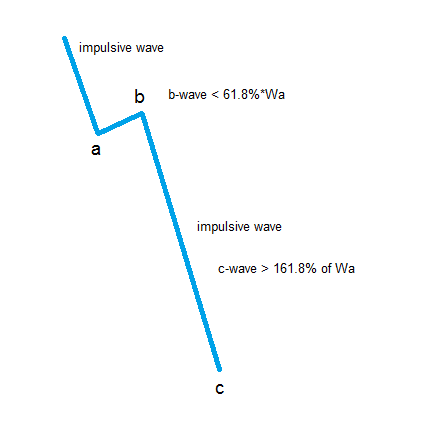Elliott Waves Theory: Elongated Patterns
The Elliott Waves Theory uses patterns to forecast future prices. In Forex trading, a pattern recognition approach goes a long way in finding the logic behind the market’s moves.
The beauty of the Elliott Theory comes from its many rules. At the end of a logical process, traders find out what is most likely to happen with the price of a currency pair.
Forex trading is known for its high volatility, and traders use a proactive money management approach. In other words, a trader always suspects something wrong will happen and reacts by continually adapting the stop loss level to the new market reality.
Part of corrective waves, elongated patterns appear in flats and zigzags. Or, put in another way, an elongated pattern can either be a flat or a zigzag. And, it mostly appears in a triangular formation.
This is one of the essential characteristics of an elongated pattern. It appears as the entire leg or only part of a leg of a triangle. Because contracting triangles form more often than expanding ones, traders suspect a contracting triangle of a bigger degree when an elongated pattern forms.
Elongated Patterns in Forex Trading
Elliott divided the market moves into impulsive and corrective waves. Furthermore, he split corrections into simple and complex.
He literally used the three simple corrections (flats, zigzags, and triangles) to build complex ones. He combined them into complex corrections, by connecting the simple ones with one or two intermediary waves (the so-called x-wave).
In simple corrections, elongated patterns form in zigzags and flats.
Elongated Flats
Because there are more types of flats than zigzags, it is only natural that elongated flats are numerous. In fact, there is one type of elongated flat for each b-wave’s retracement:
- between 61.8%-80%
- between 80% -100%
- over 100%
In all the cases, what makes an elongated flat is the length of the c-wave: it must extend beyond 138.2% of the length of the previous b-wave.
However, most of the times it goes far beyond 161.8%, and it can exceed even bigger levels. A prominent sign that the market may have formed an elongated flat is if it reacts at the 161.8% extension level. It is common to see such a reaction when the c-wave extends that much in an elongated pattern.

Take the recent EURUSD price action. It started 2018 with a sharp move higher above the 1.25 mark.
However, it was strongly rejected in an a-b-c structure. A close look to the a-b-c tells us the a-wave is not impulsive. Hence, the b-wave must retrace more than 61.8%. It did, between 80%-100%, implying the flat belongs to the strong b-wave category.
Next, the c-wave extended more than 161.8%. In fact, by the time it reached 161.8%, the market bounced sharply, telling us an elongated flat is in place.
By now you should be accustomed to the rules of impulsive and corrective waves as we’ve treated them in this Trading Academy. How would you label the c-wave in this flat pattern? Here’s a hint:

If you check what we’ve said at the start of this article, you’ll notice that we stated the elongated flats appear as the entire leg or only part of a leg of a triangle. And, if that’s the case, most likely it’ll be a contracting triangle as they form most often.
In this case, because of the market’s reaction at the 161.8% level, the logical process tells us it is an elongated pattern. Hence, a triangle comes to mind. A contracting one.

A quick zoom out shows us what the elongated pattern suggested: a contracting triangle. It turned out it was only a part of the a-wave of a contracting triangle.
Elongated Zigzag
In a zigzag, the key stays with the b-wave: it shouldn’t retrace beyond 61.8% of the previous a-wave. In fact, if it retraces over 50%, traders start questioning the count.
The principle behind an elongated zigzag remains the same. While the b-wave respects the retracement for a zigzag, the c-wave exceeds 161.8% when compared with the a-wave’s length.
It makes an elongated pattern quite an aggressive one. Because both waves a and c are impulsive, the overall a-b-c is confused by many as an impulsive wave.
Here’s how an elongated zigzag looks like:

The rules for it appear on the image:
- waves a and c are impulsive
- b-wave can’t retrace more than 61.8% of wave a
- c-wave must extend more than 161.8% of wave a
With that in mind, please consider that despite the velocity of an elongated pattern, most of the time it signals just ranging conditions, part of a contracting triangle.
Time Variations in Forex Trading
Time has always been a delicate subject when making a forecast. It is one thing to say where the market will go next, but how about when?
Sometimes, it is more important to know when a move will come, rather than where it’ll go. For instance, it may be evident that the market forms a contracting triangle, but no one really knows when the consolidation will end. Hence, predicting the time for a break is one of the most challenging things to do in Forex trading.
While not a rule, elongated patterns have some time variations. Namely, not only that the c-wave must extend beyond certain levels, but in doing that it respects some time patterns.
Some of the most common combinations refer to the time taken for the waves to form. Typically, traders look either at the rule of equality or at the sum of two waves, as below:
- in an elongated flat, the time taken for the c-wave equals the time taken for waves a and b together
- an elongated zigzag has the time taken for the c-wave equal with the time it took wave a to form
When one of the two time variations appears in an elongated pattern, it only comes to confirm it, to reinforce the elongated characteristic.
Conclusion
Elongated patterns often appear, due to the common nature of contracting triangles. Between zigzags and flats, look mostly for flats to form in Forex trading.
Because of their ability to spot a contracting triangle ahead of time, they are valued by traders. Spotting a range in due time leads to changes in the trading strategy.
For instance, traders use overbought and oversold levels with oscillators to trade a range. The problem is to spot the range, and elongated patterns help.
For trend traders, spotting a range means skipping a currency pair and not trading, and only trading the ones that trend. Hence, they save margin, avoid overtrading, and spare the trading account from periods of dull price action.
To sum up, elongated patterns with Elliott Waves Theory are complex patterns to find and interpret. However, they are common in Forex trading because of the high market volatility and the swings created by the high-frequency trading industry.

